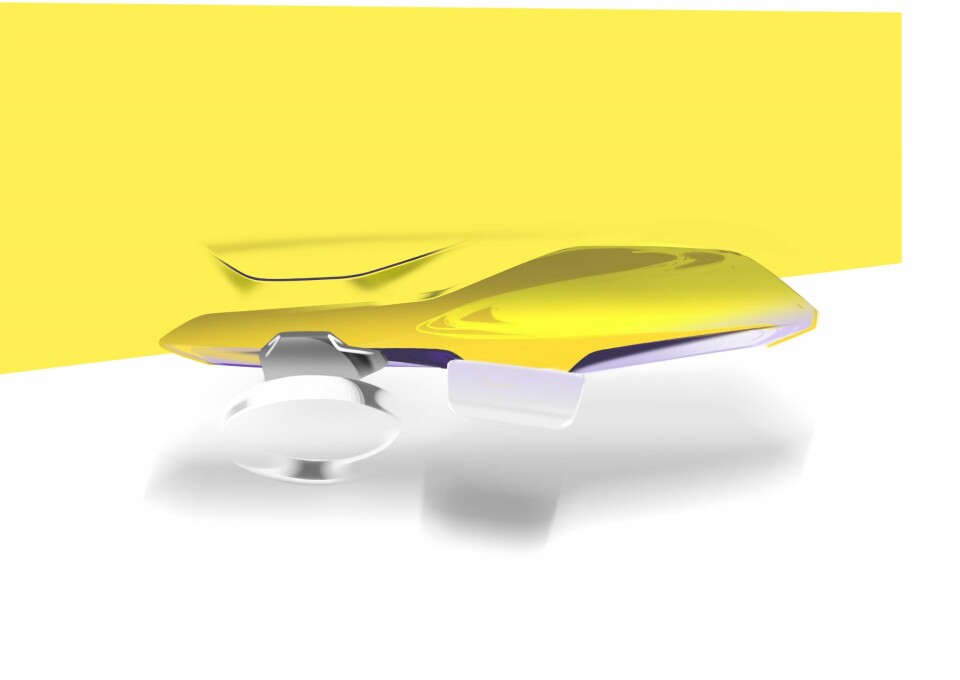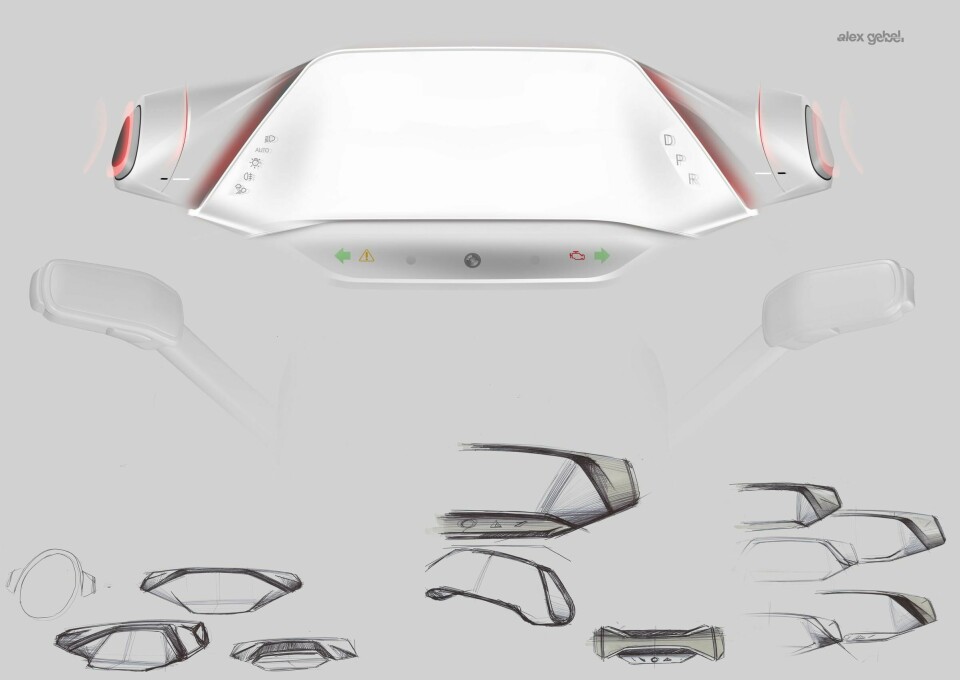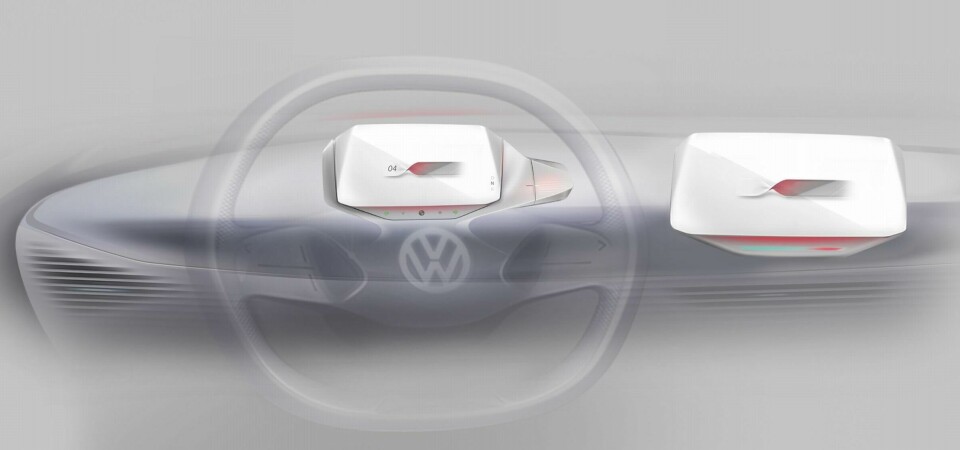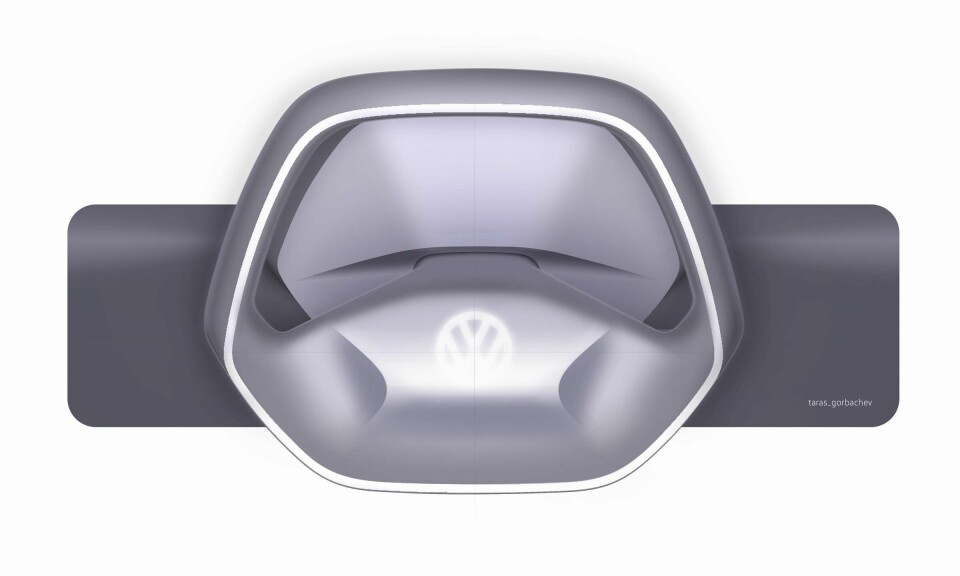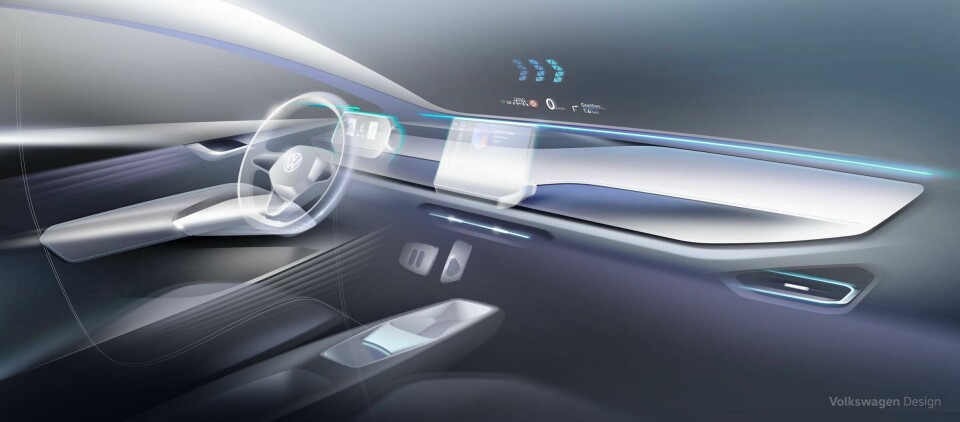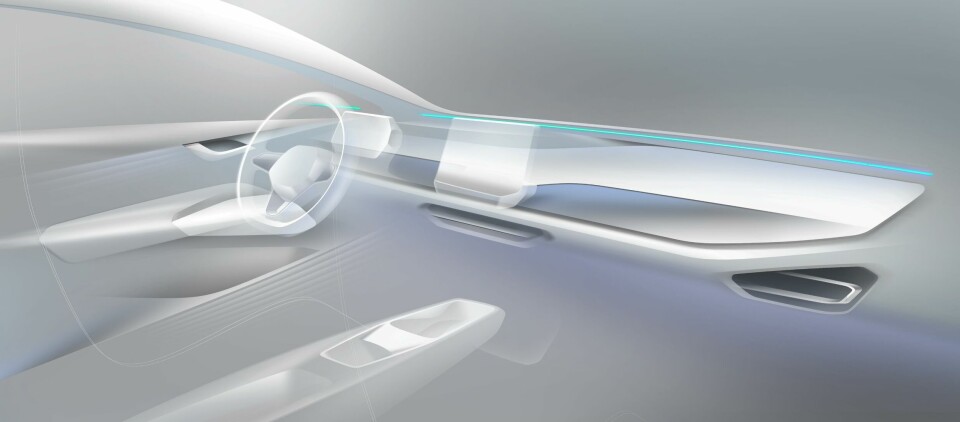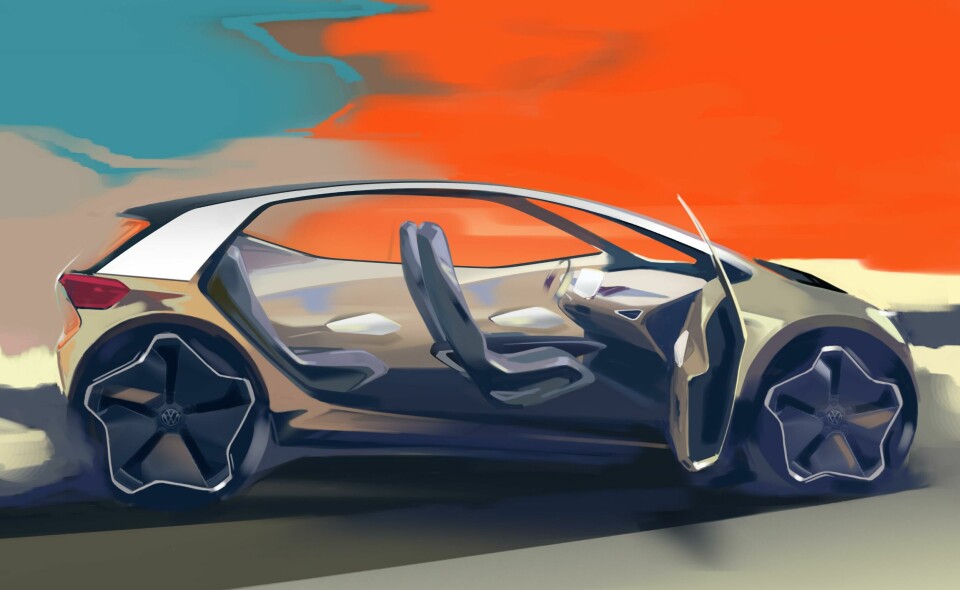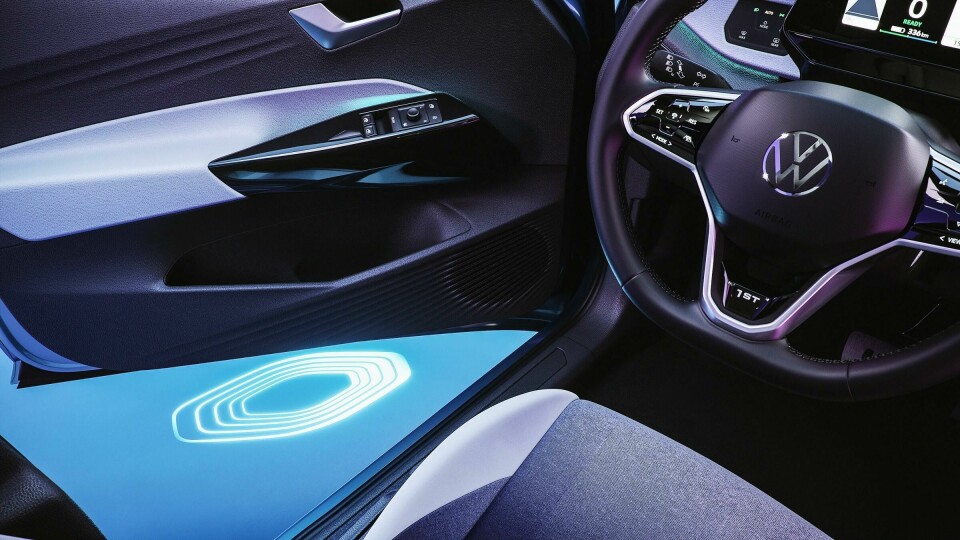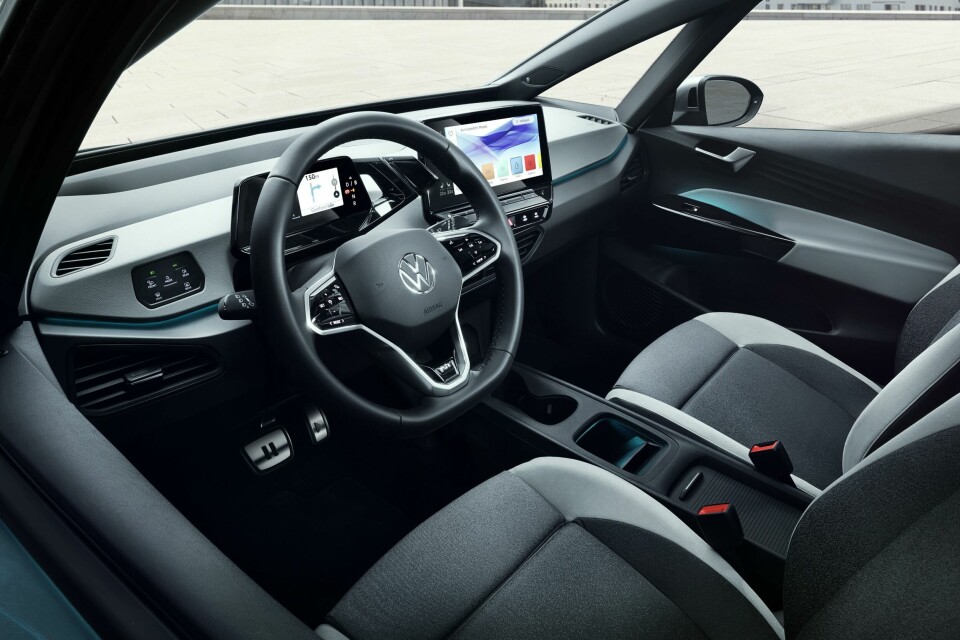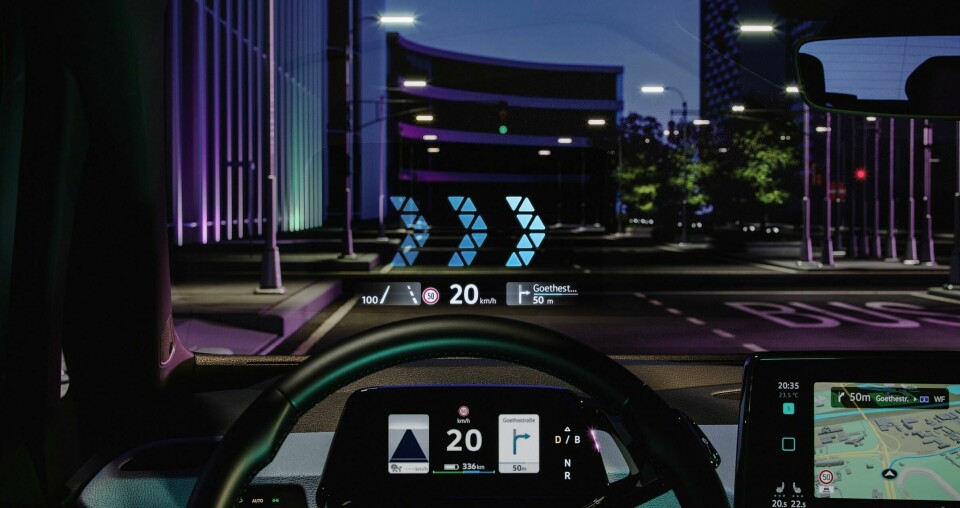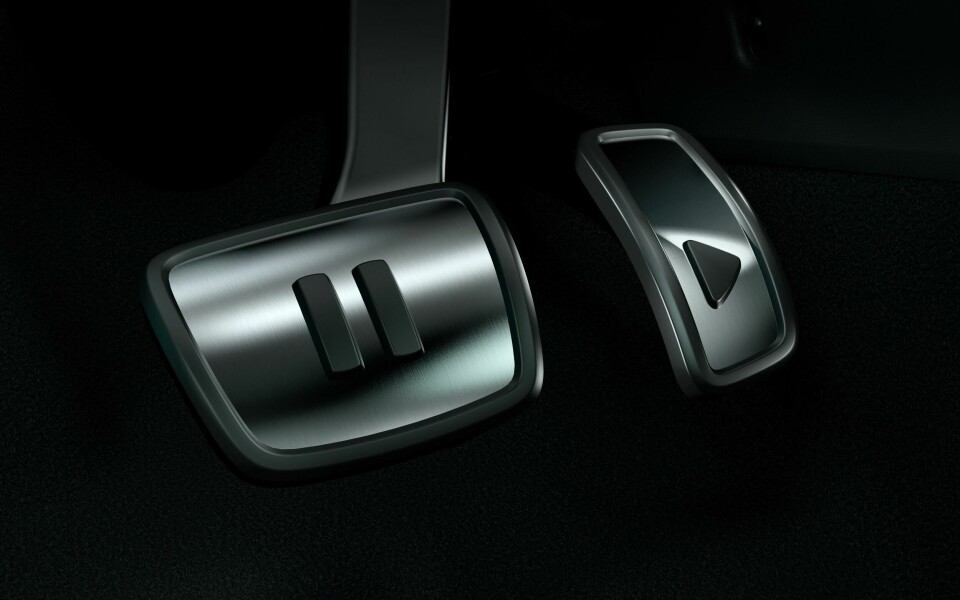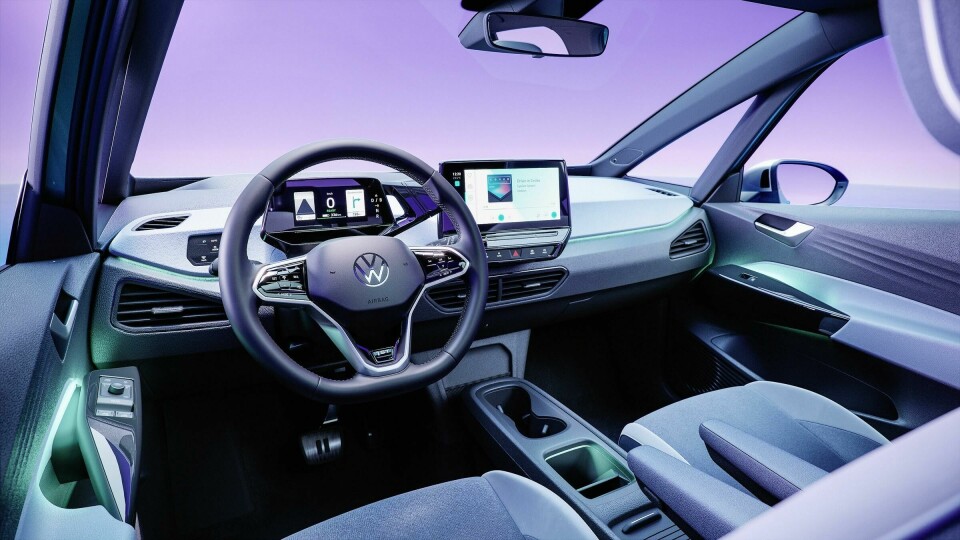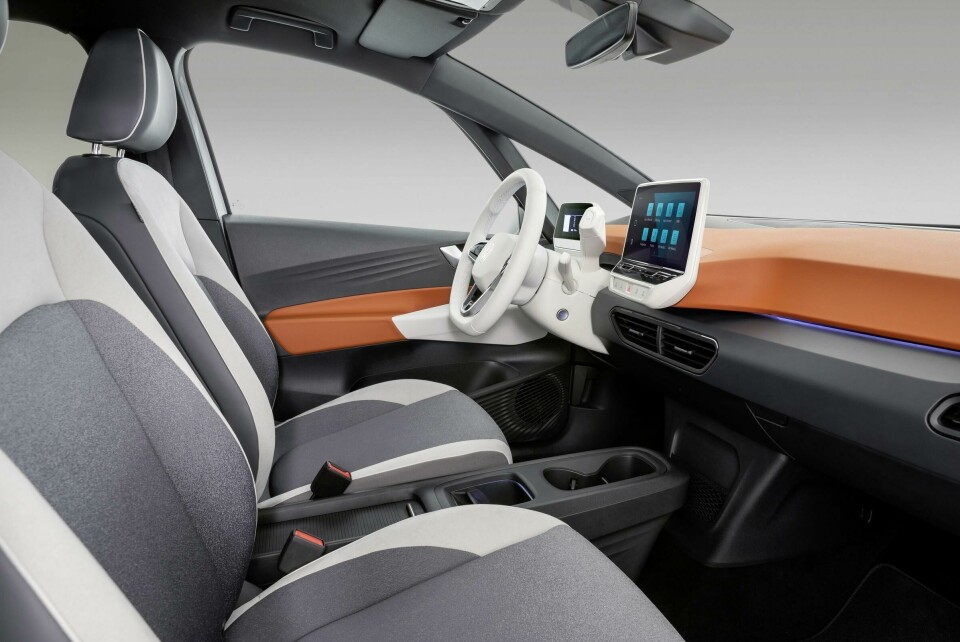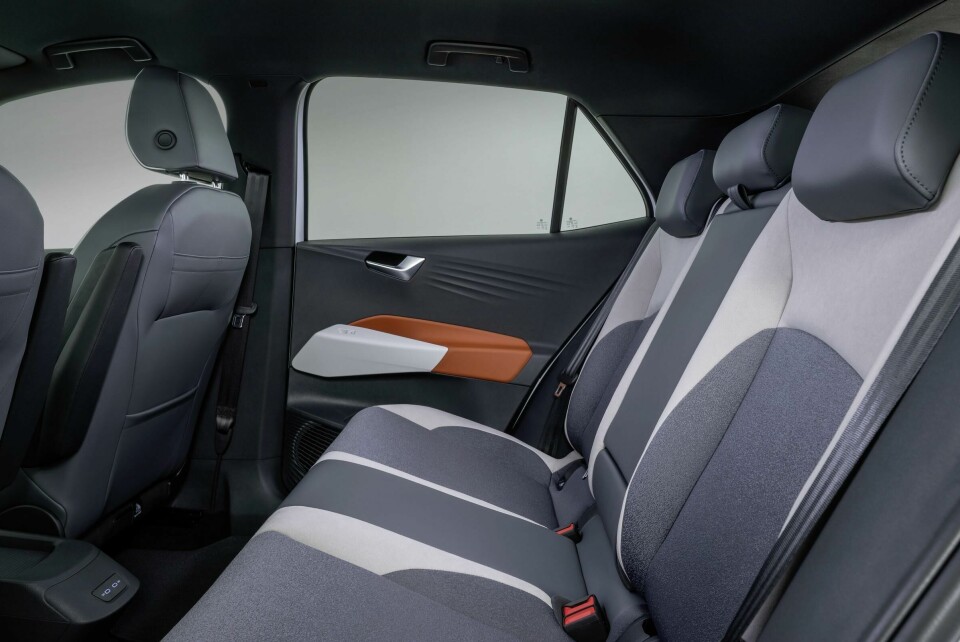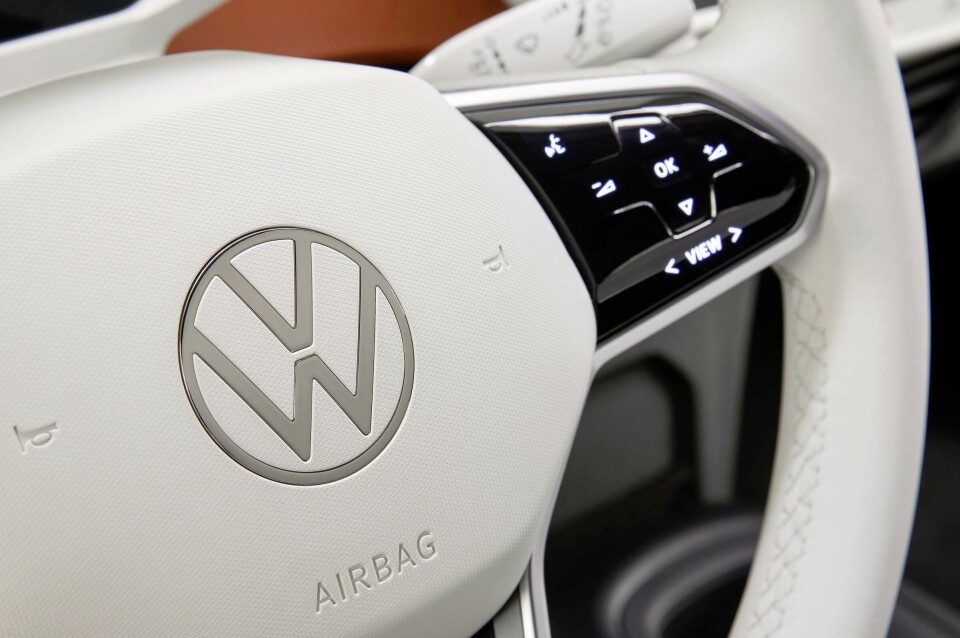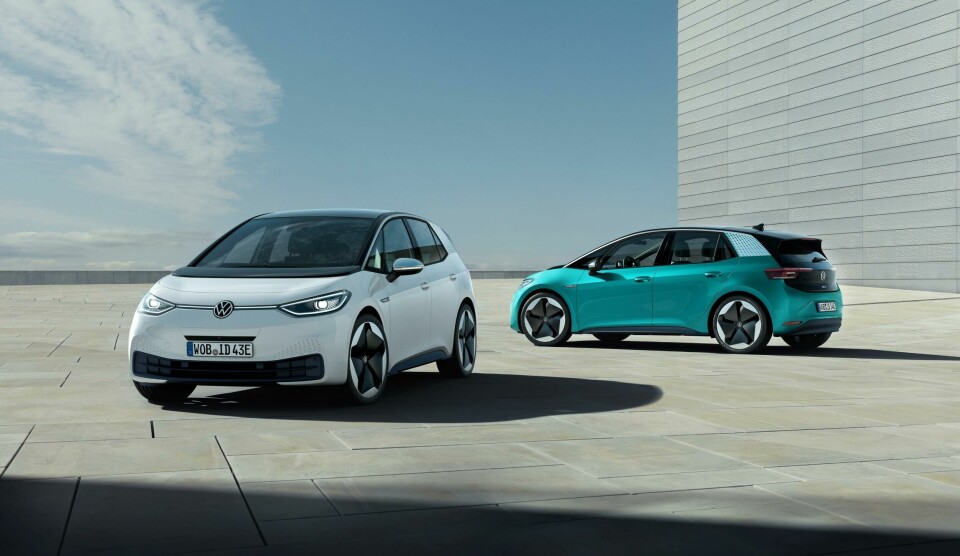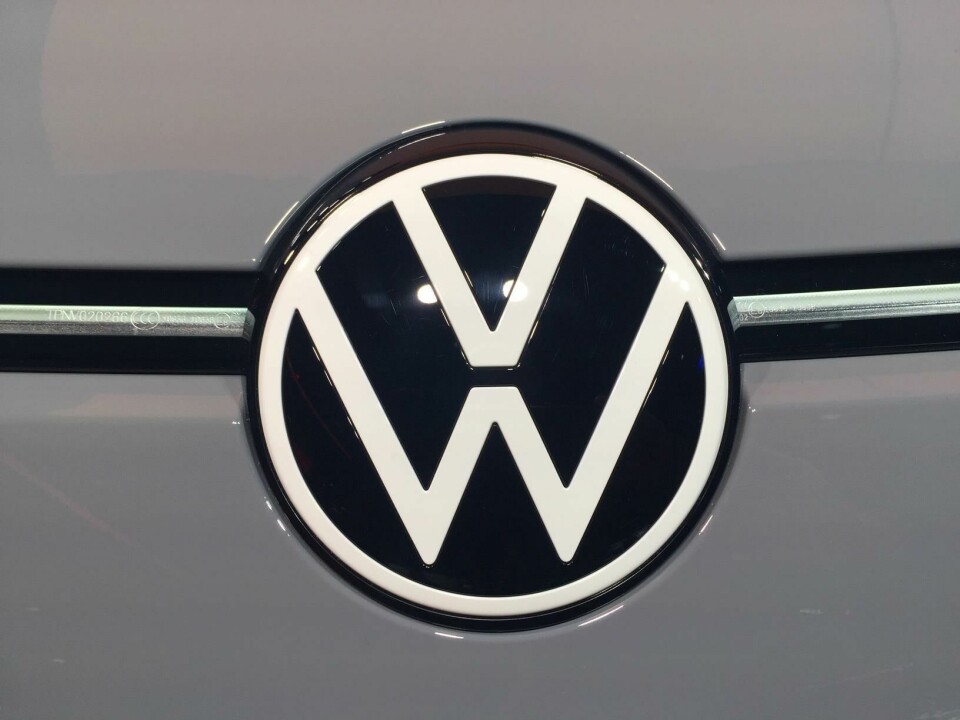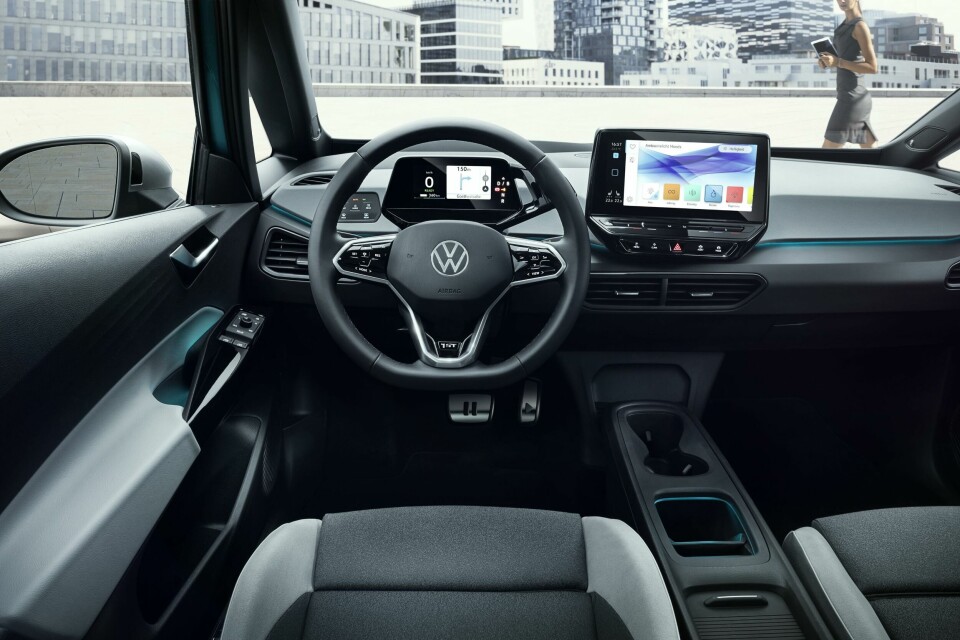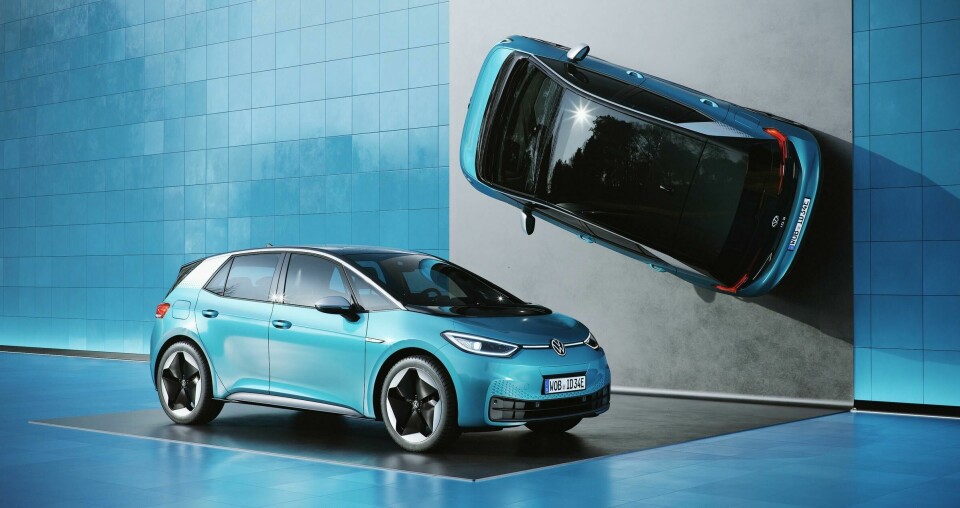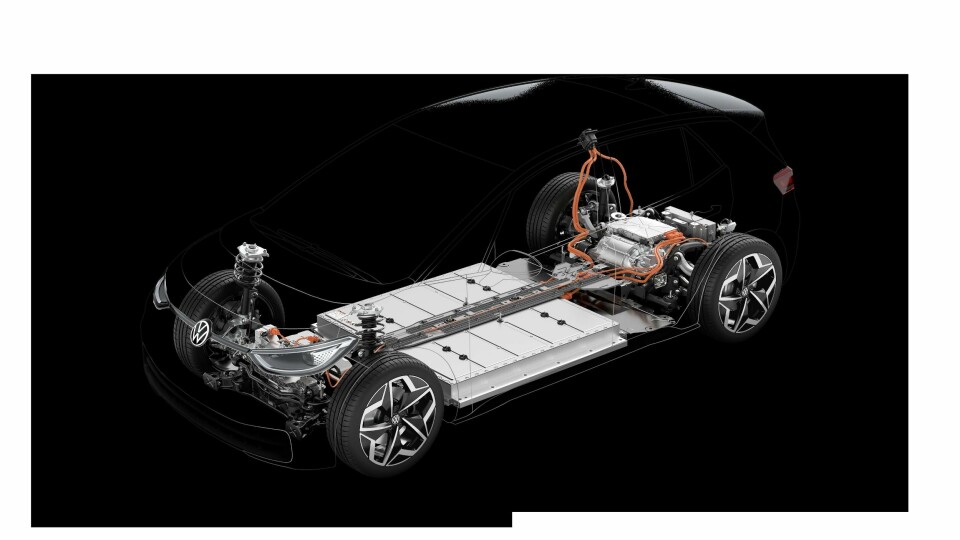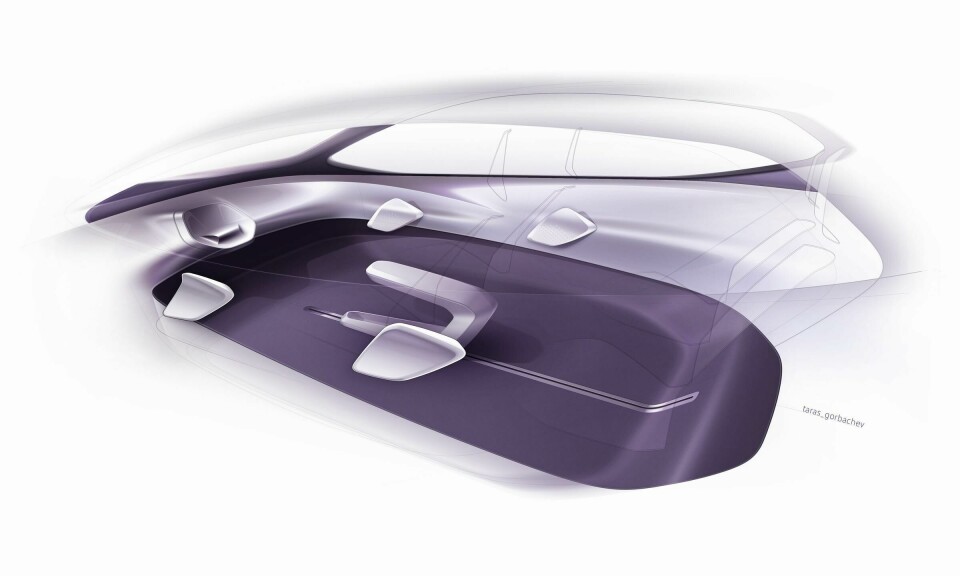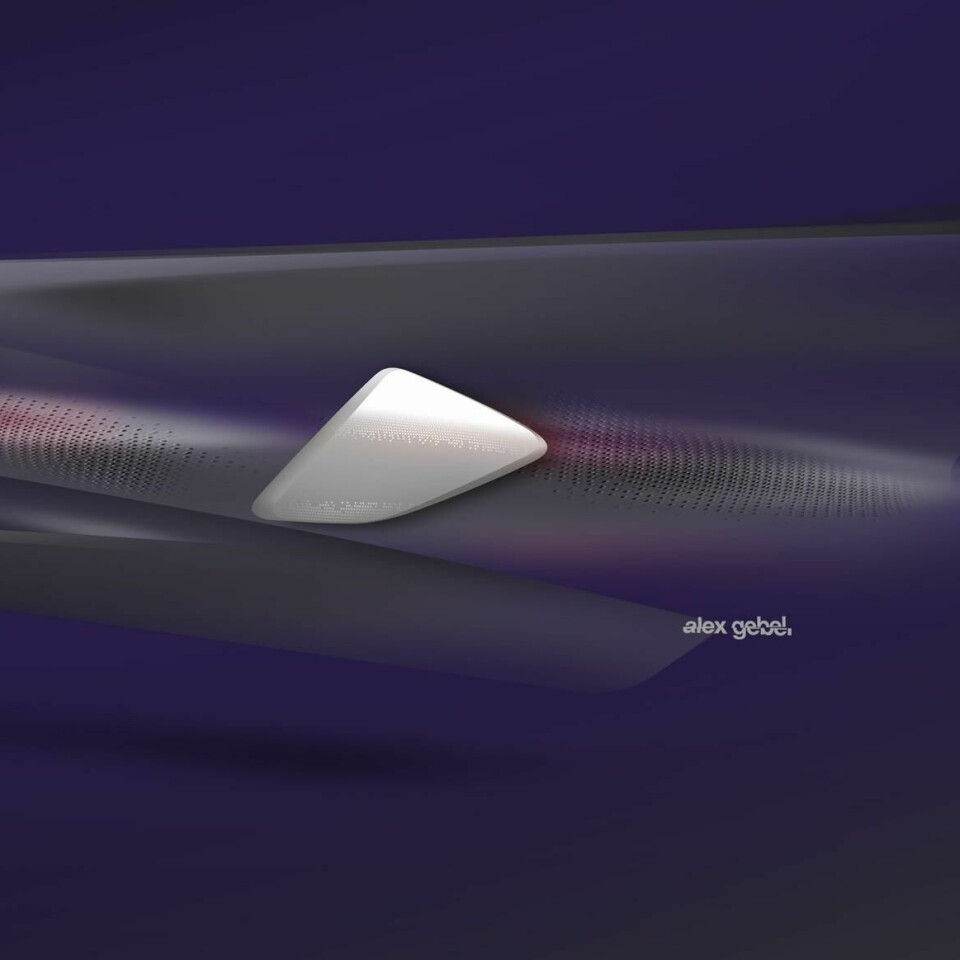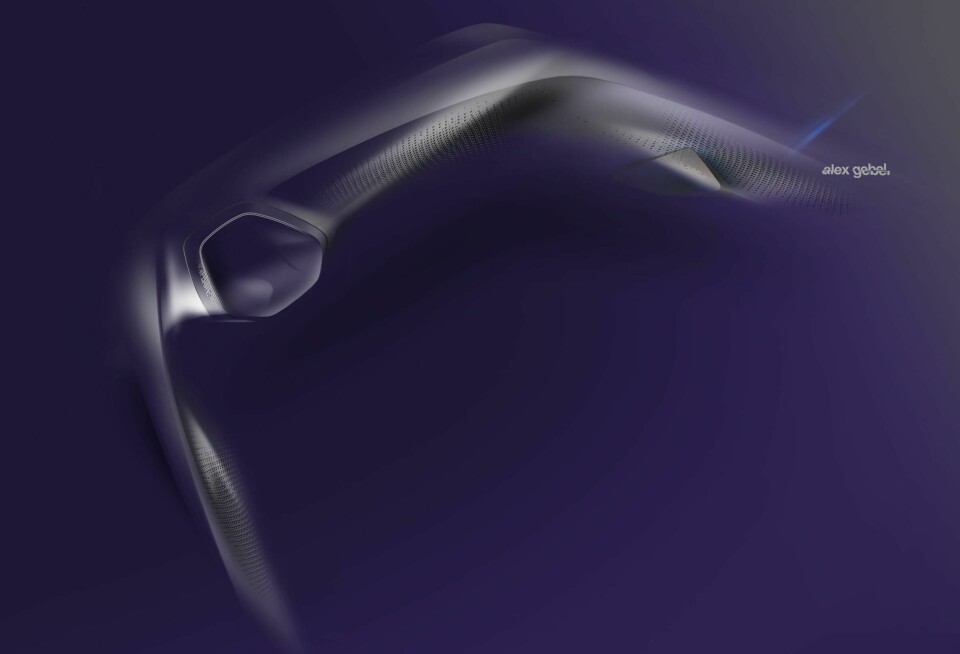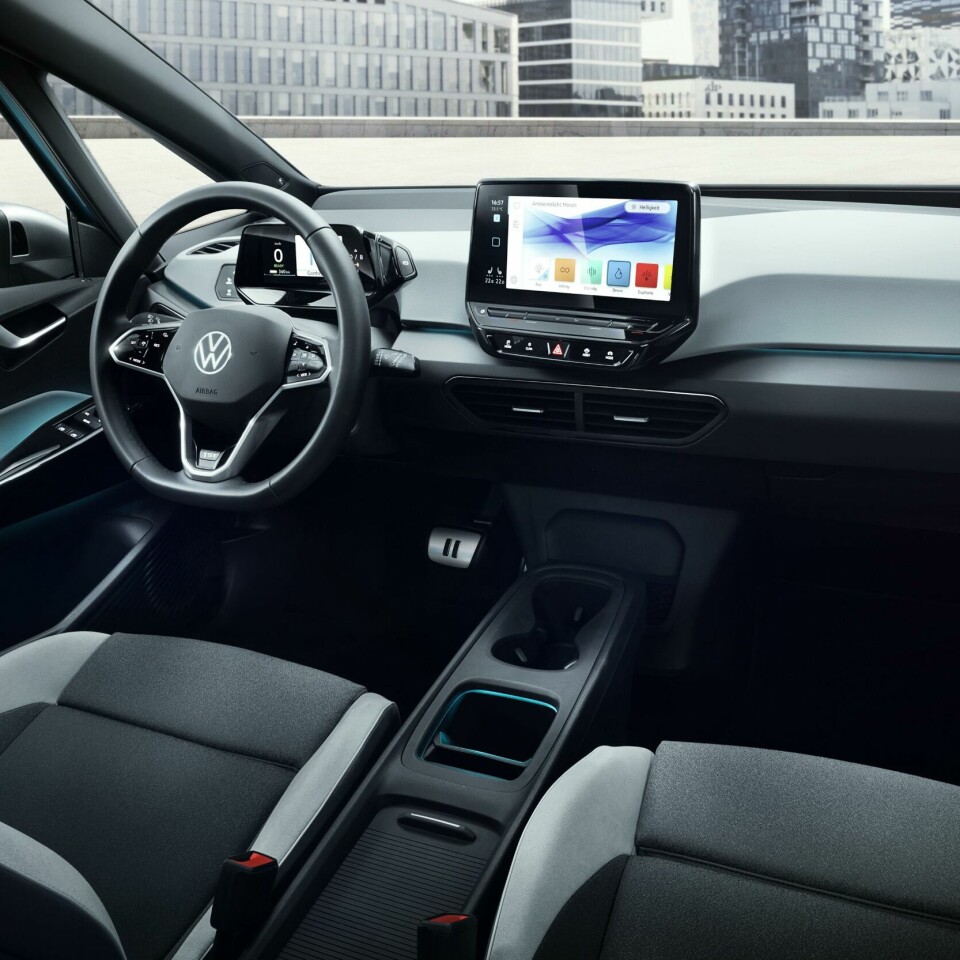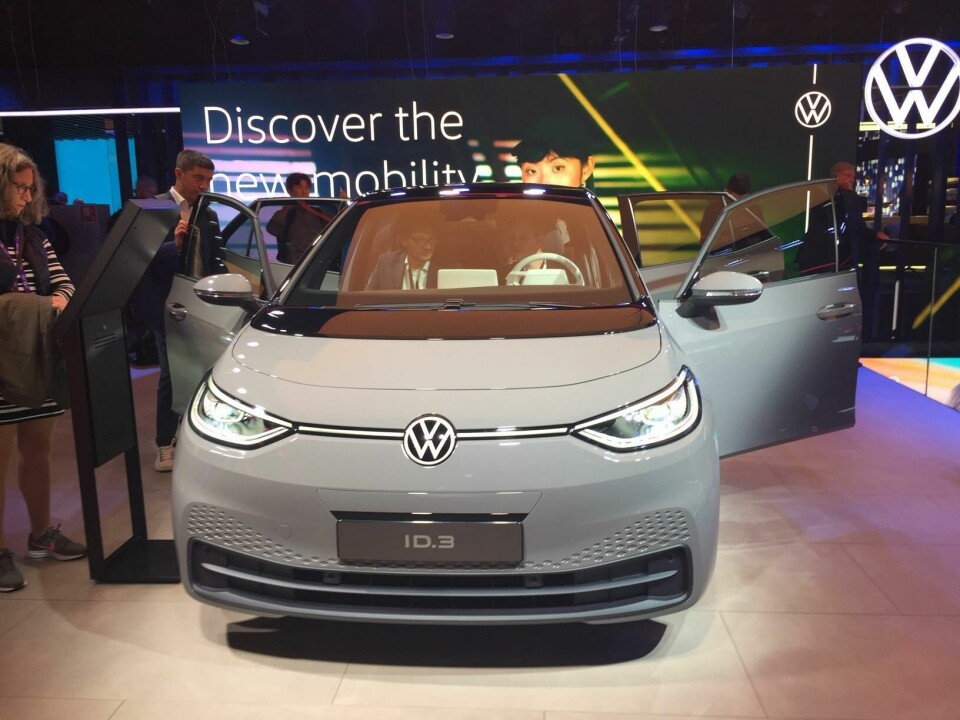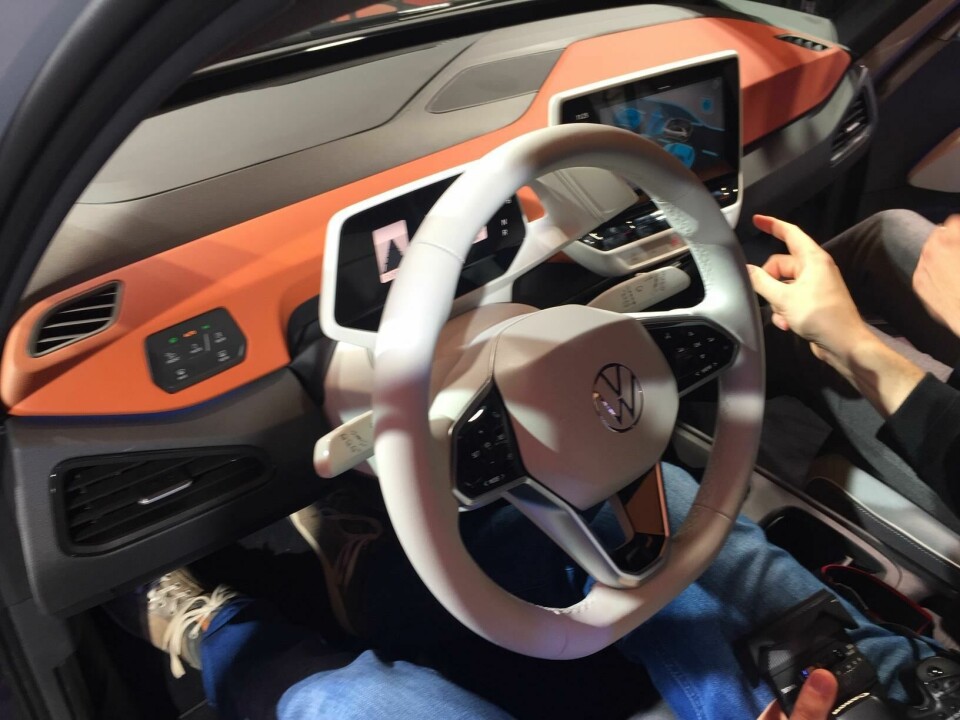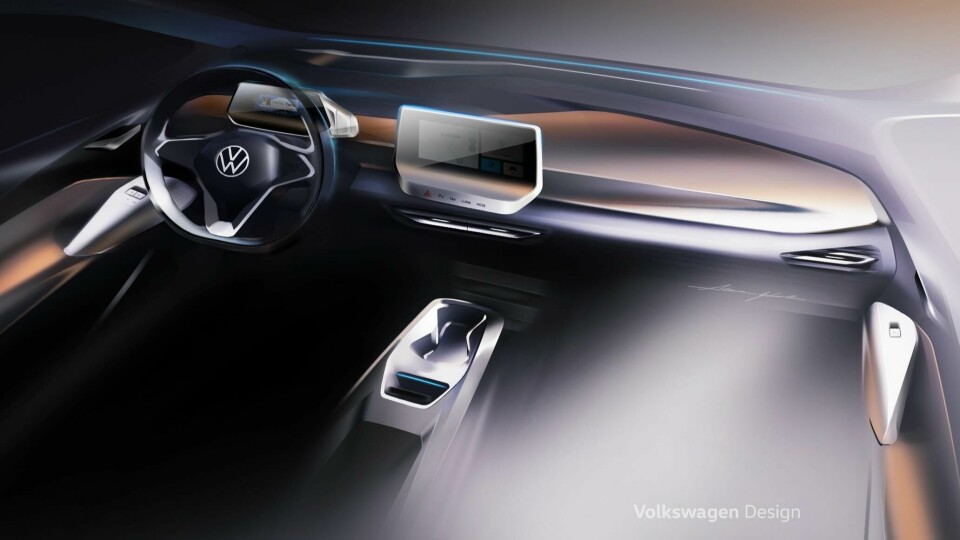
Volkswagen ID.3 - the interior story
It’s easy to see why Volkswagen says that the ID.3 is as important to its history as the original Beetle and Golf…
This five-seat hatchback is the start of an all-electric family to be produced in its millions and to include a large saloon, estate, several SUVs, a 21st century camper van, and possibly even a beach buggy and racing car. It was also the vehicle Volkswagen had to make. “We had the diesel [emissions] issue – this was autumn 2015 – and there was a meeting of 42 top managers, of which I was one, to come together over a weekend for a workshop to think about what we do next,” explains chief designer Klaus Bischoff (since promoted to Volkswagen Group head of design). “And our boss, Dr. Herbert Diess, asked me: ‘Bischoff, I want to see an electric family’. We had to do something completely different, to rethink our brand. The result was to create a new Volkswagen with emission-free mobility.”

“After four weeks we had to come up with a family [of vehicles],” Klaus Bischoff continues. “We couldn’t create models in that time, but we made full-scale drawings in paper. With my team, I prepared 1:1 cut-outs at the presentation hall. And then Dr. Diess went through them and said: ‘this one, not this one’, like that. And this car was one of them. “In fact, all the ID concepts you see on this stand [at the 2019 Frankfurt motor show] were part of that presentation. When this one was done, the idea of the platform with a fully-electric battery between a long wheelbase with short overhangs was developed, to get the proportions right. Then the [design] process started across the VW Group brands, as it was a huge investment.”
The ID concept at the 2016 Paris show [IM: Autumn 2016] previewed a fully-realised space-age, sparse interior. This 2019 production model is unsurprisingly a little more complex, but it still has a very clean – and spacious – cabin in which to sit. The bespoke EV-only platform allows the instrument panel to be pushed forward by 150mm compared to in a Golf, and for a new CO2-controlled aircon unit to be positioned where an engine would once have been. The controls and information screens remain simple and, in some cases, small. The digital driver display floats in front of the IP, rather than sitting inside a cowl integrated within it, and the display is small enough to be framed by the top half of a fairly regular steering wheel (unlike the concept’s, which was embedded into the IP). “Going forward, we are going to reduce this element [the driver display] more and more,” Bischoff explains, “and the head-up display will get bigger, so augmented reality can take more prominence.”
Gallery of sketches and final shots of the ID.3 interior
The ID.3’s angular and chunky gear selector is attached to the right-hand side of the driver display, rather than on the transmission tunnel, thus freeing up space; the only other major element on the IP is an upright, floating 10-inch centre screen. This unit is mostly touch-operated, although the lower section of its casing angles towards the driver and houses a slightly concave strip – designed to be easy for a finger to find and slide along – to adjust key operations like audio volume, ventilation and heating. A few more vertically-positioned buttons below the screen are for hazard lights, driving modes and assistance. “We found out in consumer testing that temperature, volume and fan are the things people operate most,” says Klaus Bischoff, “so we wanted a solution that is unique and easy to understand. We came up with this touch slider. It’s really simple.”
Many of the centre screen’s graphics exude a refreshingly human approach, too – referencing warming feet or cooling hands, rather than just temperature adjustment – and align with the music-player inspired details on the accelerator and brake pedal: a sideways triangular ‘play’ symbol and a two-vertical-dash ‘pause’ sign respectively. Such playful touches are “a little twinkle in the eye, as electric cars are so fun to drive,” says Bischoff, admitting it was hard to persuade the engineers to go for these. Elsewhere, the overall design theme of floating elements – to create a feeling of lightness appropriate for electric driving – is reinforced by unusual armrests which are angled toward the occupants, and positioned slightly away from the main body of the door for comfort and ergonomics, giving easier access to the electric wing mirror adjustment and window switches on the driver’s side.
Gallery: ID.3 interior and user interface
Some of the ID.3’s digital design elements can only really be experienced during ownership, Klaus Bischoff points out. “What is essential to understand is that these cars will have a longer lifespan and different usage [to combustion-engined Volkswagens]. In the past, you bought a navigation system that was glued into the system and it didn’t get any better – just older. But this car has updatable architecture so, over its lifespan, you can make it better and better.” He explains that “the amount of digitalisation is completely different. On a Golf Mk7, we have 10 million lines of code; on this car, it’s 100 million, so 10 times more programming and digitalisation. That shows what door we have opened.”
That digital ability not only extends to clever screen tech but also features such as ‘digital keys’ allowing others to access and drive the ID.3 via a smartphone, or interior lighting that can illuminate different parts of the dashboard to indicate, for example, whether the voice control assistant is responding to the driver or the front passenger. These are the clever elements of the ID.3’s interior, not fancy materials and chrome detailing. Indeed, the whole cabin, while not as minimalist as that of the 2016 concept, is restrained and straightforward – and for good reason: this is a vital part of making EVs viable in mainstream mass production. “It’s about the democratisation of e-mobility,” says Bischoff. “We have to get the price down, and at the end of the lifespan we can dismantle and recycle everything. If you use material in a combined way, it’s much harder.”
